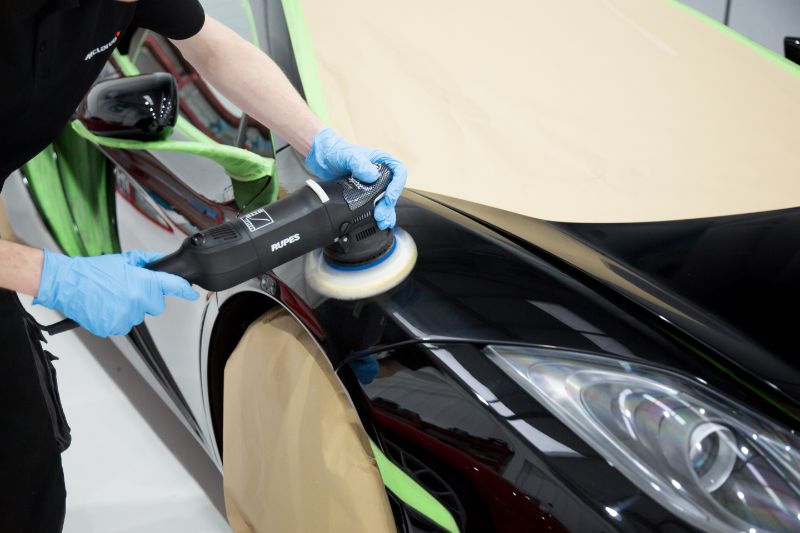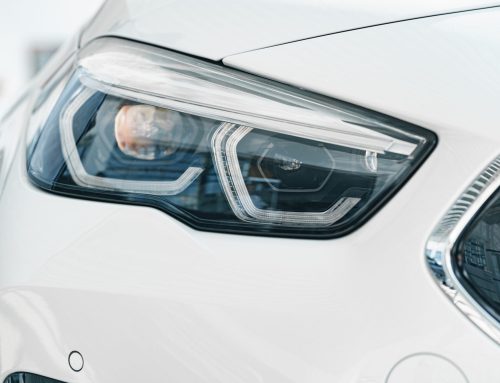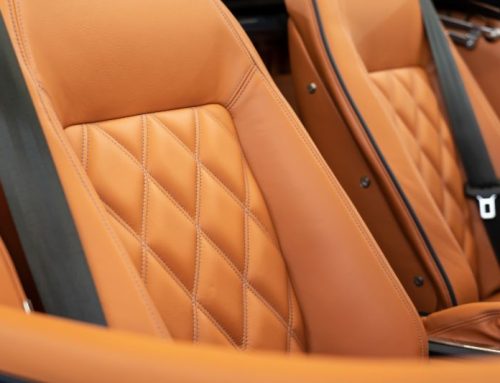Swirl marks on your car’s paint are not an uncommon sight. You might be wondering how to prevent them. The good news is that there are several things you can do. For starters, avoid improper washing and drying techniques. You should also use a wash mitt to break the static bond between dry dirt and the paint. Secondly, using a polish or dual action polisher will help you remove swirl marks.
Improper washing and drying techniques
Improper washing and drying techniques are one of the main causes of swirl marks in your car paint. Most car owners only use one bucket of soapy water when washing their car. However, if you want to avoid swirl marks, use two buckets instead of one. While this method may not be practical for every situation, it is still the most effective way to avoid swirls.
The best way to clean your car’s exterior is to start from the top down, paying close attention to areas that may have swirl marks. Always rinse well and dry thoroughly with a microfiber towel. Remember that even a thorough carwash will not remove all contaminants. Some will remain on the surface and create more swirls after drying. Using a clay bar will help remove these bonded contaminants.
Improper washing and drying techniques are the most common reason for swirls in car paint. Most damage occurs during the drying process, so using the right equipment is crucial. Using the wrong equipment can cause your clear coat to be damaged.
Waxing
Waxing is a great way to remove swirl marks and restore your car’s paint finish. It can be applied by hand or with a machine, and is an effective way to remove swirl marks from your car’s paint. However, if you want a smooth, shiny finish without swirls, you should consider hiring a professional detailer. Doing it yourself may actually cause more swirls, since it requires a lot of elbow grease.
Swirl marks appear when the paint is damaged. You can use a compound or wax to temporarily cover up these scratches, but the wax will eventually wear off. In addition, wax can cause new swirl marks and scratches. It is important to understand the difference between a swirl mark and a scratch mark and how to remove them properly.
If you have swirl marks on your car’s paint, the main culprit is the washing and drying process. The proper technique and products are necessary for the best results. Do not use cheap towels, as they tend to become stiff after a few washes. Also, be careful when using a duster, as it can cause swirls.
Compounding
The process of compounding a car paint can leave swirls. These marks are typically shallow, only a couple of microns in depth, and can be covered up with polishing oils or wax. They can also be removed with a clay bar. The bad thing about swirl marks is that they are difficult to repair without damaging the structure of the car.
Swirl marks are the most common form of paint defects, and they appear when light reflects from specific angles on the paintwork. They can be particularly noticeable on darker colours. In addition, the effects of refraction in sunlight can make the marks appear more prominent than they really are.
The first step to removing swirl marks is to wash the car thoroughly. This step is essential because swirl marks are caused by contaminants trapped in the outer layer of the paint. Pre-washing the car with a pressure washer before hand can also be helpful. It’s important to wash the car two times, and use mild car wash soap.
Polishing
Polishing can damage your car paint’s topcoat, causing it to develop swirls and microscale damage. This damage may not be obvious, but you can still use the correct cleaning techniques to prevent swirls and smudges. To avoid damaging your paint’s surface, you should thoroughly wash your car.
Polishing can be done yourself at home, but professional detailing is necessary if you want to avoid damaging your paint. Professional detailers know how to remove swirl marks and other imperfections. When using polishing compound, you should do it in small, 1ft X 1ft sections and avoid using too much pressure. You should also avoid claying because it will weaken the clear coat, making it more vulnerable to contaminants. Afterward, you should follow up by waxing your car, which will protect it and prevent micro marrings.
While professional polishers use high-speed rotary buffers to achieve professional results, you can still get amateur results with a professional polish. The best car polishes contain actual abrasive technology, but some use chemicals as a “polishing agent.” This will give your car a better overall look, but does little to remove swirl marks and smears.




